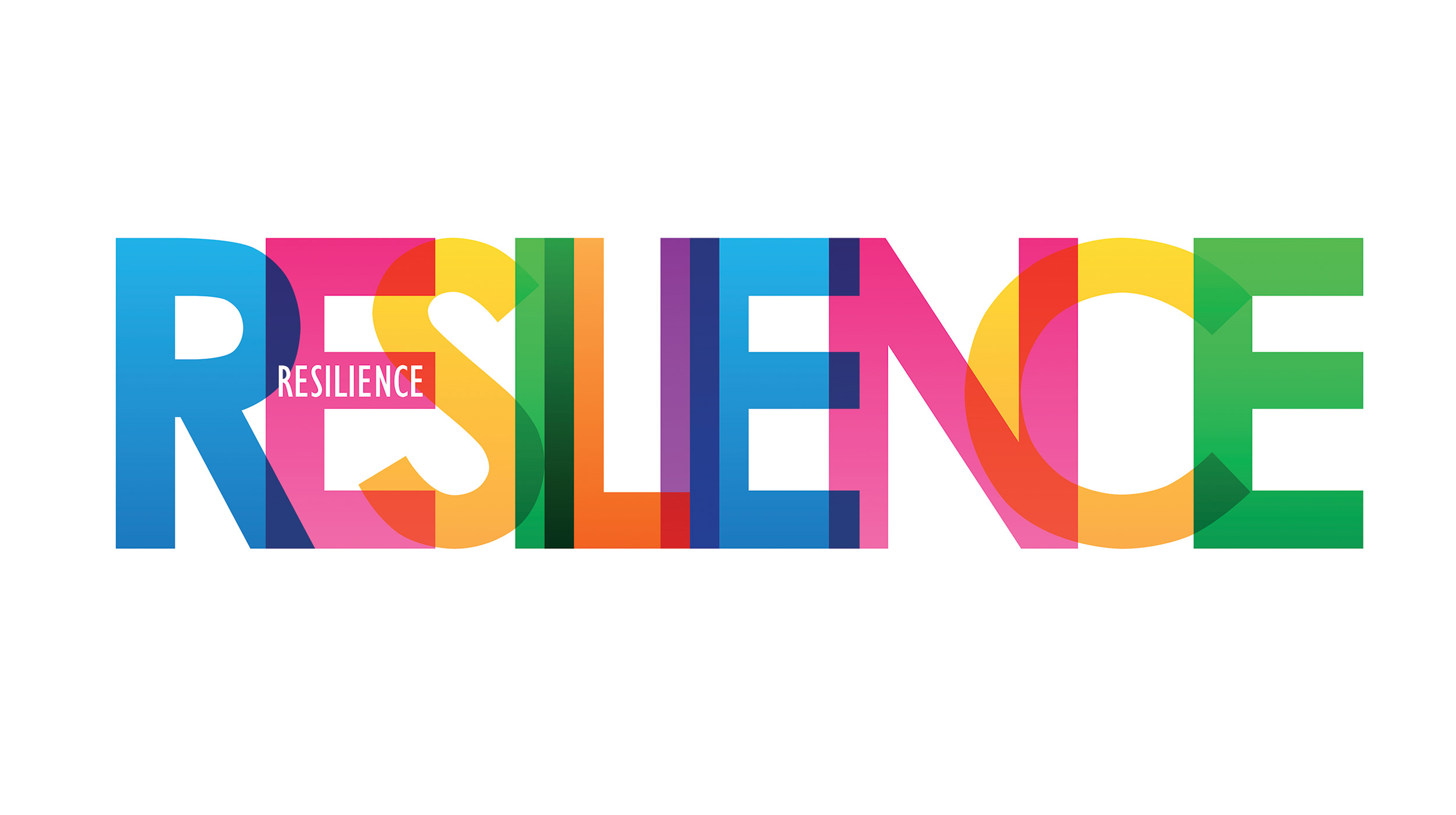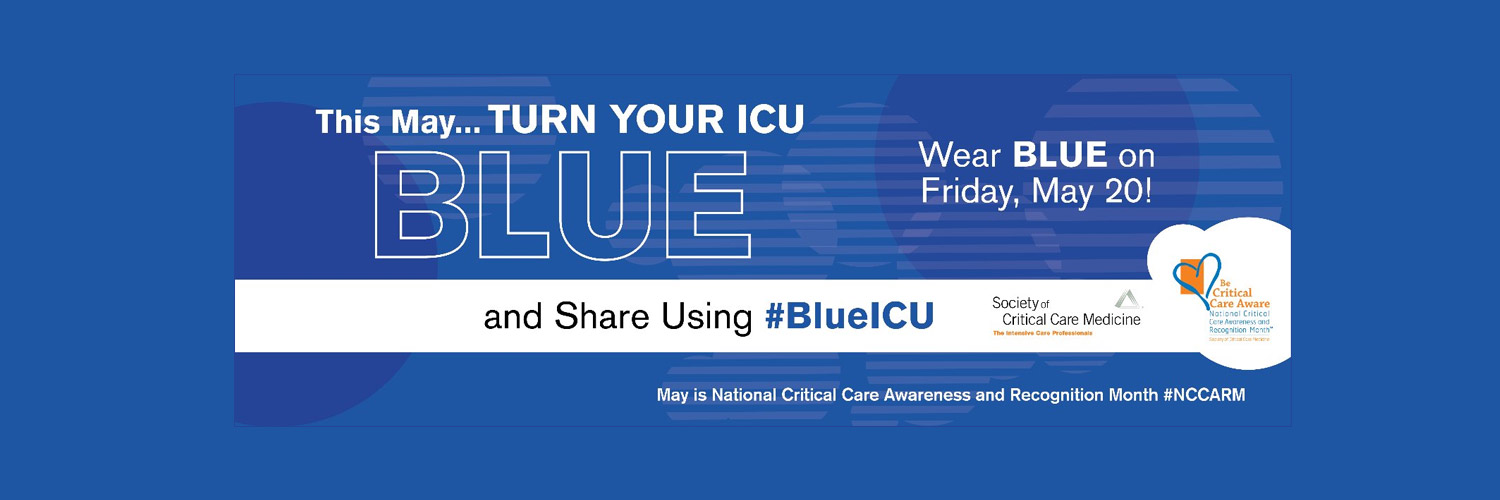
Nurse burnout and work environment are key factors in patient safety grades.
The authors of a recent study examined nurse-reported patient safety grades and their relationship with nurse burnout and work environment and reported their findings in the Journal of Nursing Care Quality.
“Nurses with low burnout and better work environments could concentrate more on their jobs, do their best to prevent errors, have a better overall attitude toward patient safety, and strive to give ‘safe’ care,” the authors write. “Therefore, RNs should be a primary target population for burnout prevention programs and for hospital initiatives to promote better well-being at work at an organization level for better patient outcome and patient safety.”
Burnout is prevalent, with negative consequences that include lower patient satisfaction, reduced health outcomes, and increased cost of care, according to the authors. It even changes a person’s brain structure and disrupts cognitive functions.
Researchers sent an electronic survey to nearly 60,000 registered nurses in Alabama. They received 1,730 responses, of which 928 met all the inclusion criteria.
What did they learn? Among the key findings:
The odds of reporting higher patient safety grades decreased as all three types of burnout increased, according to the researchers. The high rates of personal and work-related burnout, but low levels of client-related burnout, were “congruent with” another similar study.
“Even when nurses experienced burnout, they did not perceive that burnout came from clients/patients,” the authors write.
Work environment had a great impact on the patient safety grade nurses assigned. The authors cite other similar studies which found better work environments led to lower patient mortality and lower deaths from a treatable complication in a hospital setting.
The average age for respondents was 40 years. They averaged 12 years of experience, including eight in their current hospital and six in their current unit. Eighty-eight percent of respondents were female and 80 percent were white.


